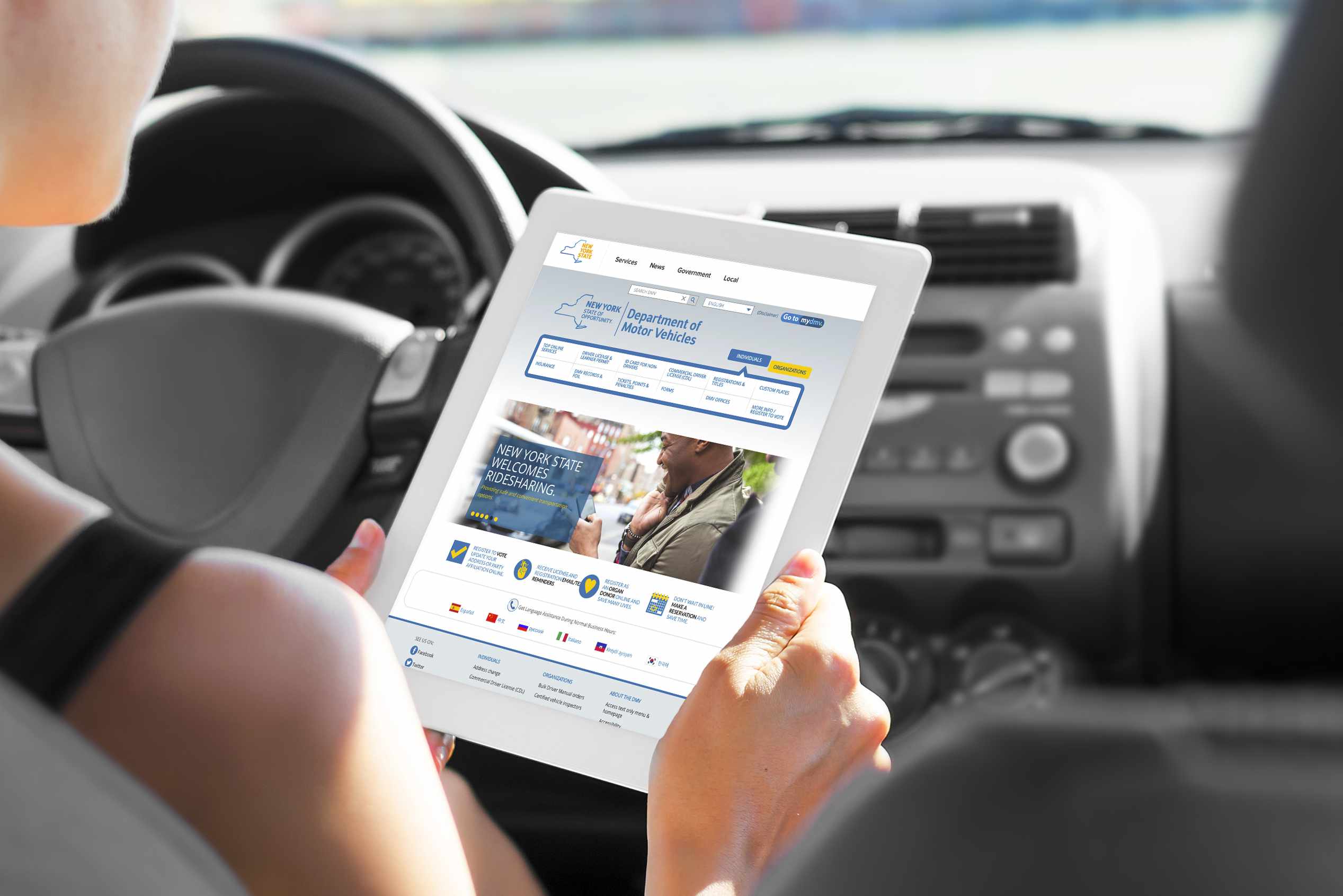
How to seize a car
Content
If you have sold the car, but the buyer has violated the terms of the contract, you have the right to take the car back. Repossessing a car means you return it as your own due to a broken contract or lack of payment…
If you have sold the car, but the buyer has violated the terms of the contract, you have the right to take the car back. Seizure of the car means that you claim it as your own due to a broken contract or lack of payment from the new owner.
If the person to whom you sold your car fails to fulfill his contractual obligations, you have the right to take the car back immediately.
In theory, seizing a car is simple; you just take the car back and then do what you want with it. However, the process of successfully and legally repossessing a car can sometimes be complicated, so it's imperative that you do it right.
Method 1 of 2: return the car yourself
Step 1: Find the car you want to return. If you know the buyer of your car, it will not be difficult to find him.
However, if the buyer knows that you are going to try to take possession of the car, he may evade or hide the car from you.
One of the best places to look for a car is where the buyer works, as it is usually a public place and easy to find. If you can't locate their place of work, your best bet is to visit the buyer's home address (which you should obtain during the sale process).
Step 2: Approach the car when it is in a public place.. The right to confiscate your car does not give you the right to disturb the peace.
In other words, you cannot harass or damage the buyer or the buyer's property by seizing your vehicle.
AttentionA: If you found the vehicle, such as in a buyer's closed garage or fenced-in driveway, you are not allowed to break in and enter to retrieve the vehicle. Instead, wait until he has left private property and is in a public place. This may mean that you have to wait outside the buyer's house until he leaves with the car, and then follow him to where he parked.
A warningA: If you break the peace during a car impound, the buyer has the right to sue you.
Step 3: Verify VIN. Once you have found the vehicle, check the Vehicle Identification Number (VIN) to make sure it is the vehicle you are trying to return.
The VIN is located in the corner of the dashboard on the driver's side and is visible through the windshield.
A warningA: If the VIN number does not match the vehicle you have sold, then it is not the correct vehicle and attempting to seize it will be considered theft.
FunctionsA: Before searching for a vehicle, make sure you have the correct VIN information.
Step 4: Pick up the car. There are countless ways to get your vehicle back into your possession. You can tow the car yourself or hire a tow truck to tow it for you.
You can use the key code that came with the car to make a spare key and use it to get into the car. You can also pick the lock or call a car repair shop to help you get into your car in the same way you do when you lock your keys in your car.
Step 5: Check the condition of your car. Make sure the car is in the same condition you sold it in.
After impounding the vehicle, hire a certified mechanic such as AvtoTachki to perform an inspection. If your car was damaged after you sold it, you will be entitled to receive payment from the buyer.
Method 2 of 2: Use the Services of a Repossession Specialist
Step 1: Hire a Foreclosure Specialist. If you are not comfortable with repossessing the vehicle yourself or do not have the time to do so, you can hire a repossession specialist.
After providing the specialist with the VIN-code and information about the buyer, the specialist will pick up the car for you.
- FunctionsA: Be sure to do your research and only hire a foreclosure specialist who has a good reputation and positive reviews.
Step 2: Check the condition of the impounded vehicle. Just like when you return the car yourself, you will want to check the condition of the car after the repossession specialist returns the car to you.
If the car is in noticeably worse condition than when you bought it, you are entitled to compensation.
After returning your car, you can keep it or sell it to a new buyer. If you decide to sell the car again, you may receive the missing balance depending on what you are selling the car for.
The balance deficit is the difference between the original selling price and the price you paid. For example, if you agreed to sell the car to the first buyer for $20,000 but only received $2,000 before you got the car back and then resold it for $15,000, then you are still missing $3,000 from the original agreed prices. Therefore, you are entitled to the missing amount of $3,000 from the original purchaser.
Alternatively, you can also resell the car to the original buyer if they work with a loan service to pay you in full so the problem doesn't happen again.

